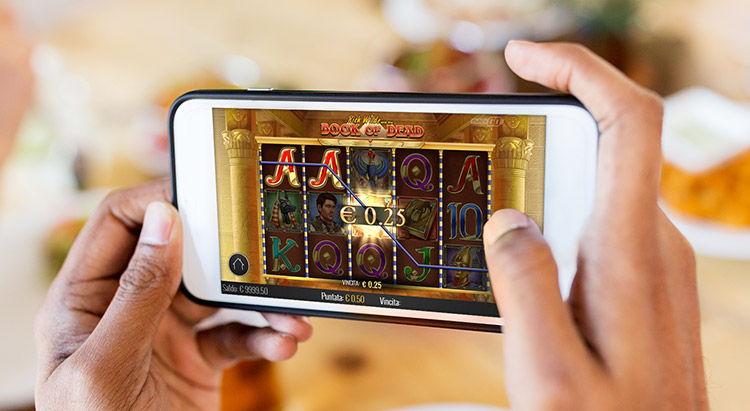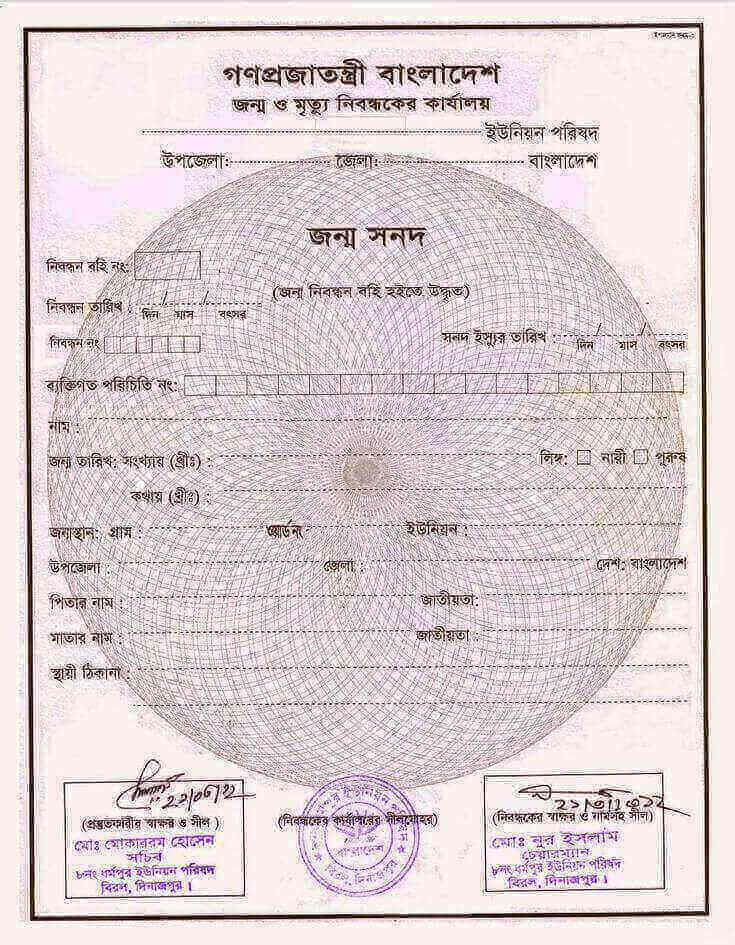For years, casinos have kept their customers hooked by offering slot machines that deliver not only the thrilling sounds and lights one might expect, but also (and more importantly) the prospect of a big win. What keeps us playing, though, is understanding that those wins are not only few and far between but also tied to something called “volatility,” which is a big part of what makes up the math of the slot machine. Volatility can and does significantly affect (or effect) the entire casino experience, whether a player knows it or not. For this reason, it’s important to understand slot volatility and how it might suit one’s playing style or, conversely, not suit it, because slot volatility is often a matter of high or low risk—both in terms of time and money (and sometimes, I’d have to argue, it’s also just a matter of common sense).
The term “slot volatility” refers to the different risk levels associated with various slot games. It pretty much lets you know what you’re in for when you sit in front of a specific machine. Our players know that if they play a high-volatility machine and hit the free spins round, then there’s a pretty good chance they’re going to win a lot of coins. If they’re playing a low-volatility machine and they get into the free spins round, then they’re probably going to win around 20 extra coins. Each of these machines is designed to give more of these kinds of experiences to our players.
Slots that have diversity in their outcomes are the high volatility games. They are built for the players who don’t mind waiting for some time to potentially hit a big win. The highs can sometimes feel much better following the lows because you know the thrill of winning a high-value combination after all those “near misses” that kept you on the edge of your seat. These are the games that make you gasp when you see the first twin appear on the third reel and groan in frustration when you don’t see the second one even after several spins.
On the other hand, the not so good part about high-volatility slots is the potential for long losing streaks. A run of bad luck can wipe out the player’s entire bankroll. We must be honest here; the high-volatility slots are not for everyone. You should only play them if you can relax and accept the fact that you may (and probably will at some point) have to put in a lot of money to see a big win. It is, after all, quite possible to play for hours or even days without hitting a bonus round, a free spin, or a big line hit. Players should only try their luck at high-volatility slots if they have a well-defined budget and are willing to bet big.
Some online slots, such as “Starburst” and “Blood Suckers,” are considered low volatility. What this means for players is that they can expect regular payouts. These do not always amount to much—$0.20 here, $0.50 there—but they are often enough to keep the slot’s buzz going. When you’re crossing off boxes on a long to-do list and only getting occasional big-enough sums, what else is there to do but keep going? Still, low volatility does not mean that your bankroll is insulated from serious harm; the slot can still eat up your money, just not in as few “bites” as high volatility slots do. If you are in need of a “next payout,” though, look no further than medium-volatility slots.
Slots with medium volatility offer an in-between level of risk. They’re not as low-risk as some machines, meaning they typically don’t pay out as much very often — but they’re also not as high-risk as others, which can pay out occasionally but not with the regularity of medium-volatility machines. Some very common types of video slots enjoy the benefits of this middle ground and consume the largest portion of the video slot market. These machines will pay out some smaller or medium-sized prizes (usually at a steady clip) but will also offer the occasional very large payoff, keeping players engaged (on average) and not just “paying and playing.”
The players who are most drawn to high volatility slots are those who seek opportunities for big, heart-pounding payoffs. The potential winnings from this type of game can be quite substantial, but it’s important to understand that this sort of win can also be quite rare. Low volatility slots, on the other hand, offer a very even and consistent payback throughout the experience. Though seemingly small wins in this kind of game can accumulate and feel quite good, the overall payoff of a low volatility slot is not nearly as staggering as that of a high one. Apart from these two extremes, there are, of course, games along the whole continuum in between.
The different slot volatilities are the very essence of overseeing one’s gambling experience, in particular, course-correcting from the greater losses that high volatility slots may bring. But what is a high or low volatility slot? Is hitting a jackpot on a high volatility machine even a possibility? What is leading us to hit repeat or, conversely, shift to another game after a big win or big loss? In the end, it is our emotional connection with the game that should have the last word. We should choose to play slots for gameplay, fun, and, most importantly, for the satisfaction we expect from the game.






